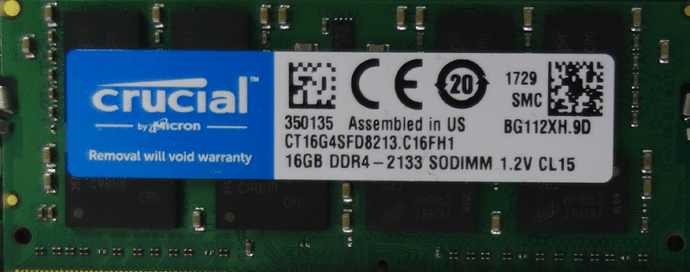I believe I’ve found the problem. At boot pureOS attempts to start a service called pureos-power-optimisations this fails with exit code 203. This means that the directory where it thinks the program is stored is not there. Specifically it tries /usr/lib/pureos-power-optimisations/apply if we check this we do indeed find that there is no such thing. However there is a /usr/lib/purism-power-optimisations/purism-power-optimisations . so this will be an easy fix.
Make your way to the terminal and…
before you start check if you have this issue
systemctl status purism-power-optimisations.service
if that returns with a failed, then continue, if not (wich would be an big green active) then ignore this
sudo nano /lib/systemd/system/purism-power-optimisations.service
If you want make a note of everything on the screen in case you press the wrong key.
Find the line that starts with ExecStart and make sure it reads (edit if necessary)
ExecStart=/usr/lib/purism-power-optimisations/purism-power-optimisations
Then ctrl+x and y to save and exit
Then type
systemctl daemon-reload
Followed by
systemctl start purism-power-optimisations.service
If this doesn’t work post
systemctl status purism-power-optimisations.service
Here
P.S sorry if this suggestions already been made but recently used this to solve the issue on my librem 13 v2
 You have a small typo, please edit and add .service to the sudo line. (That’s
You have a small typo, please edit and add .service to the sudo line. (That’s 
